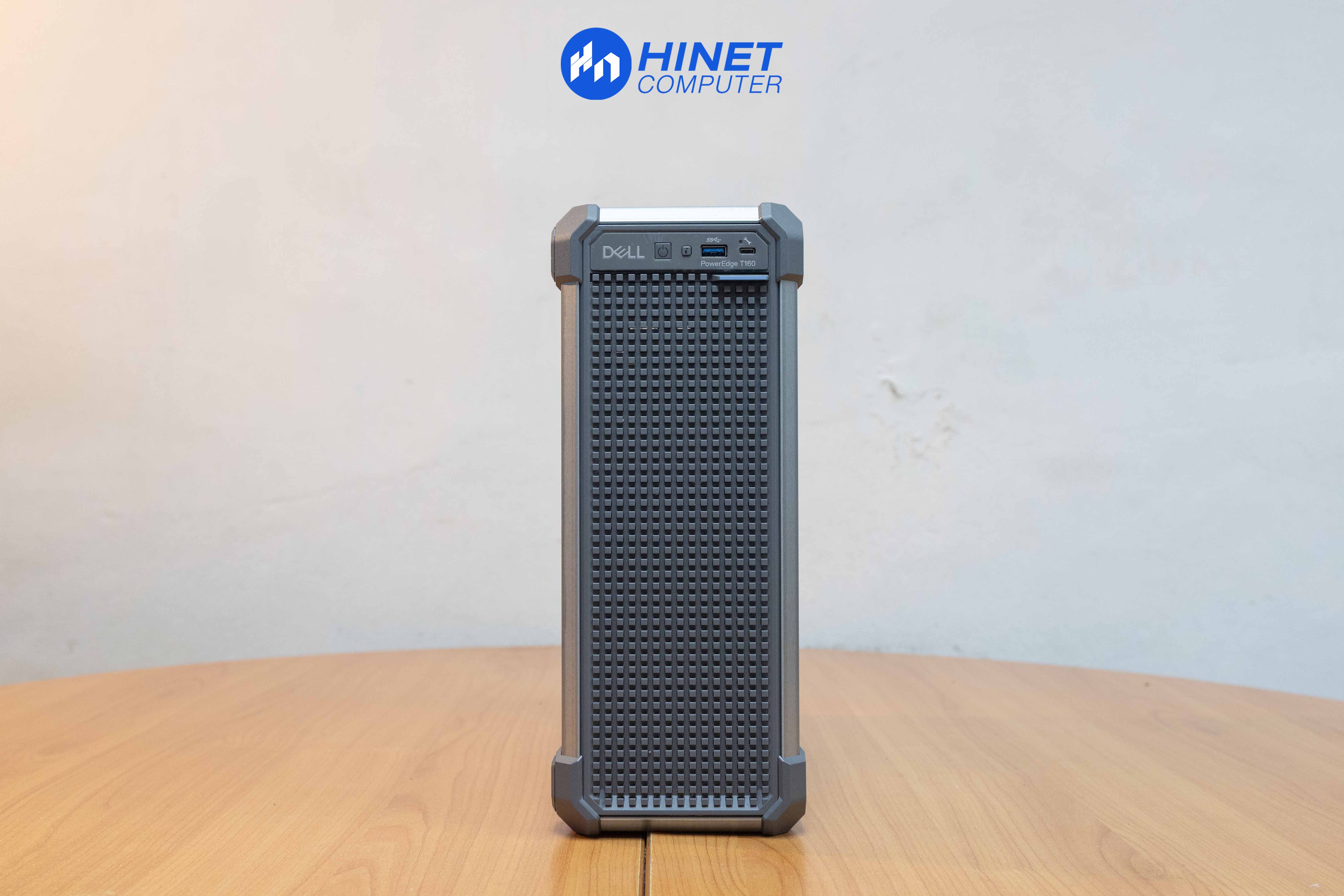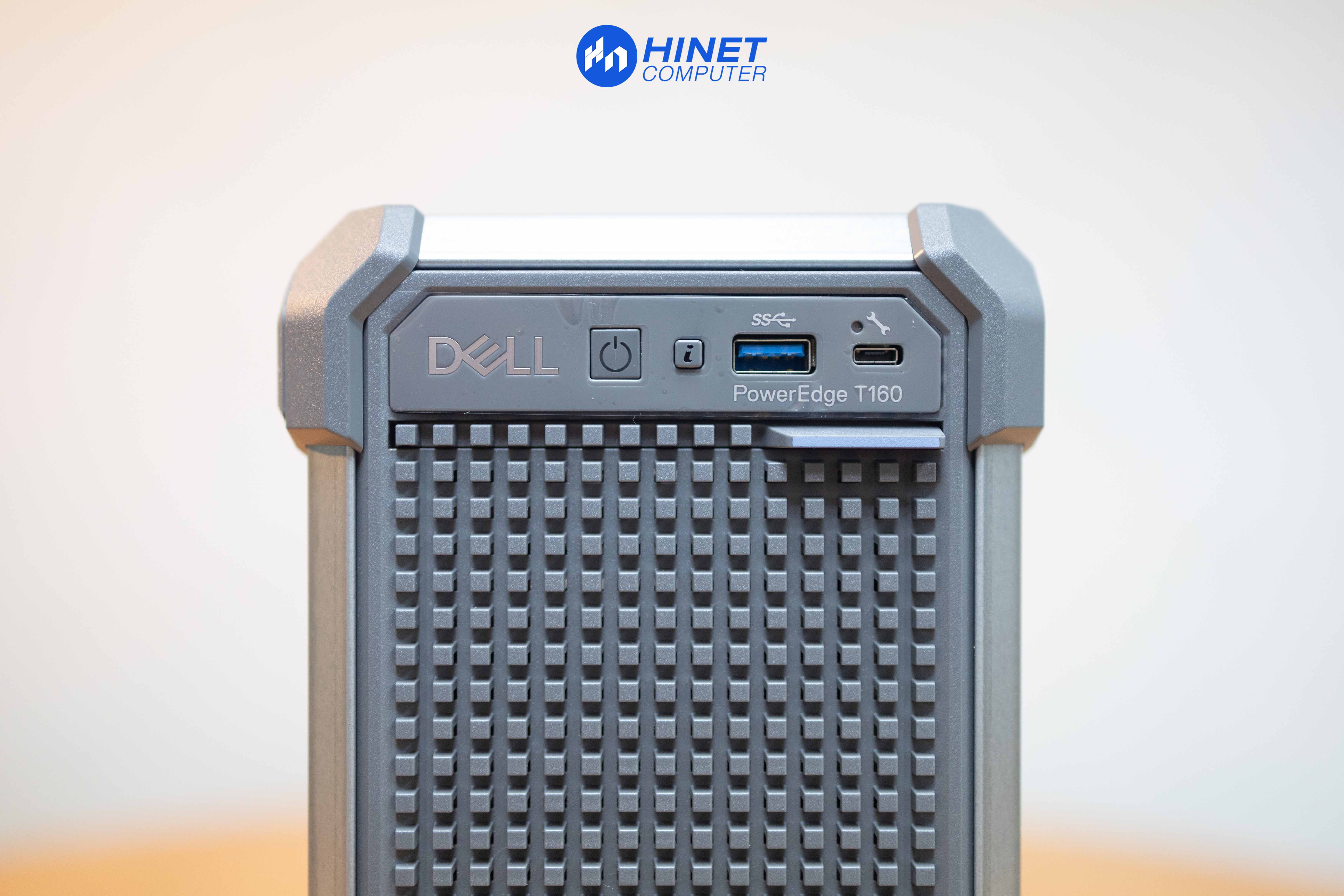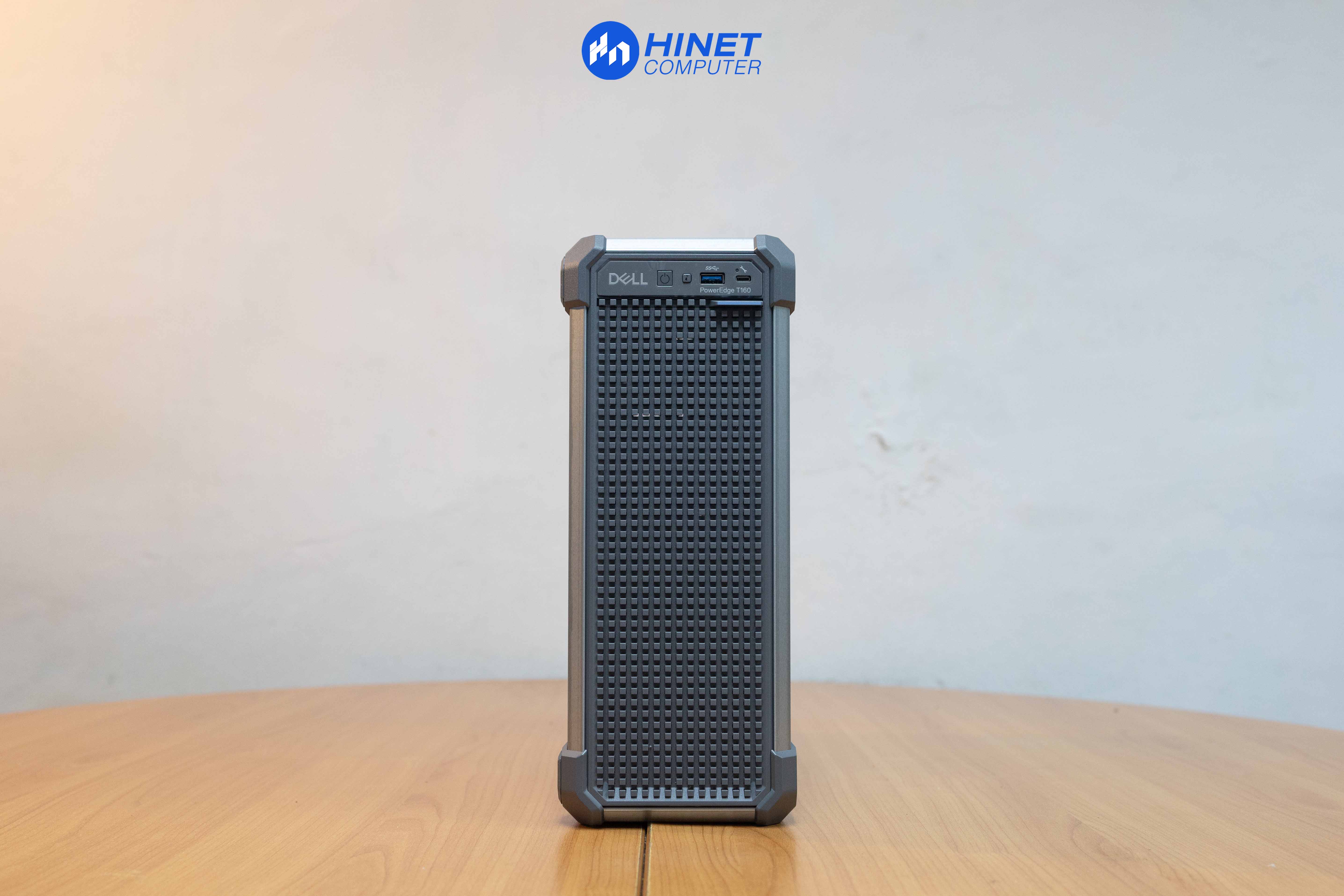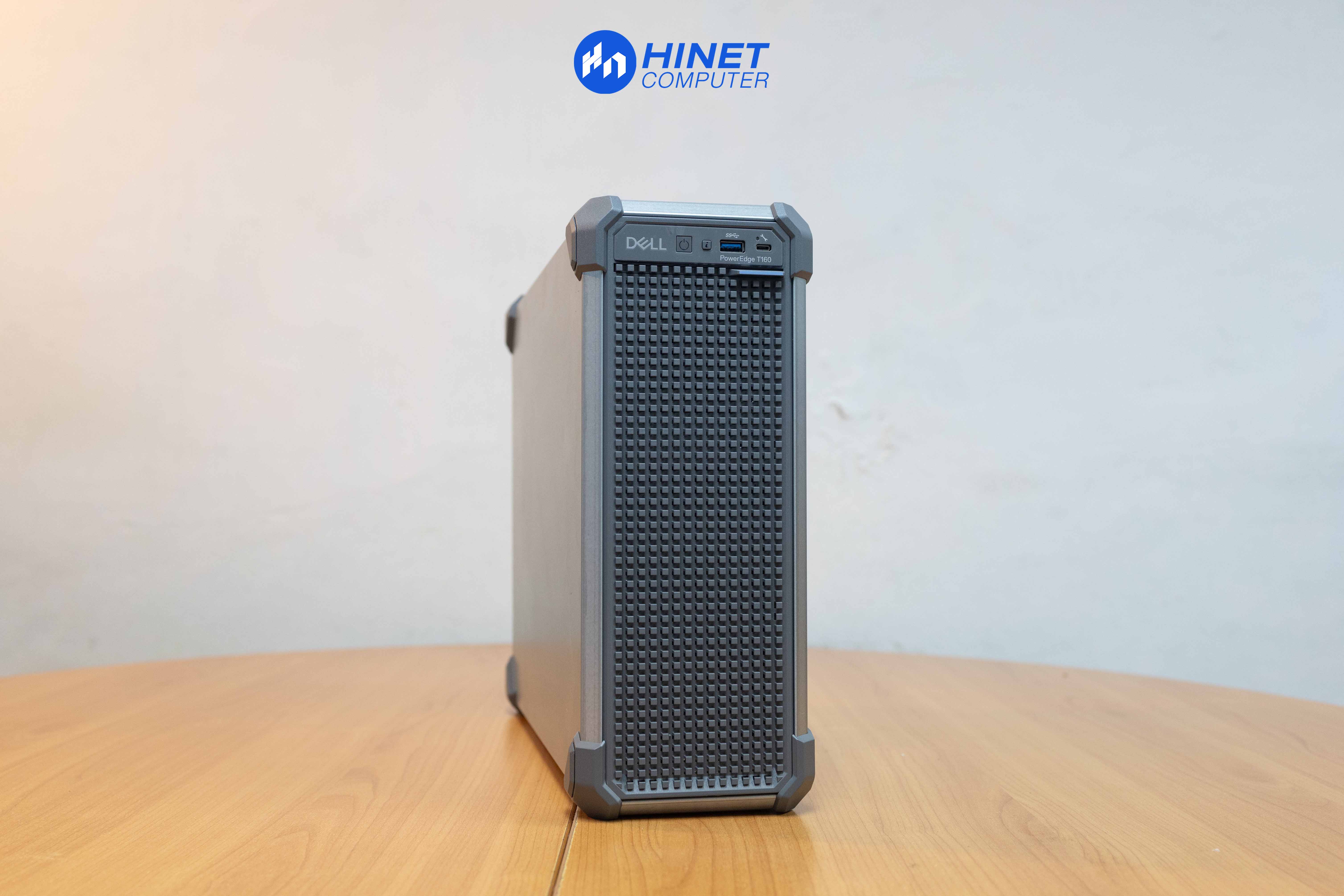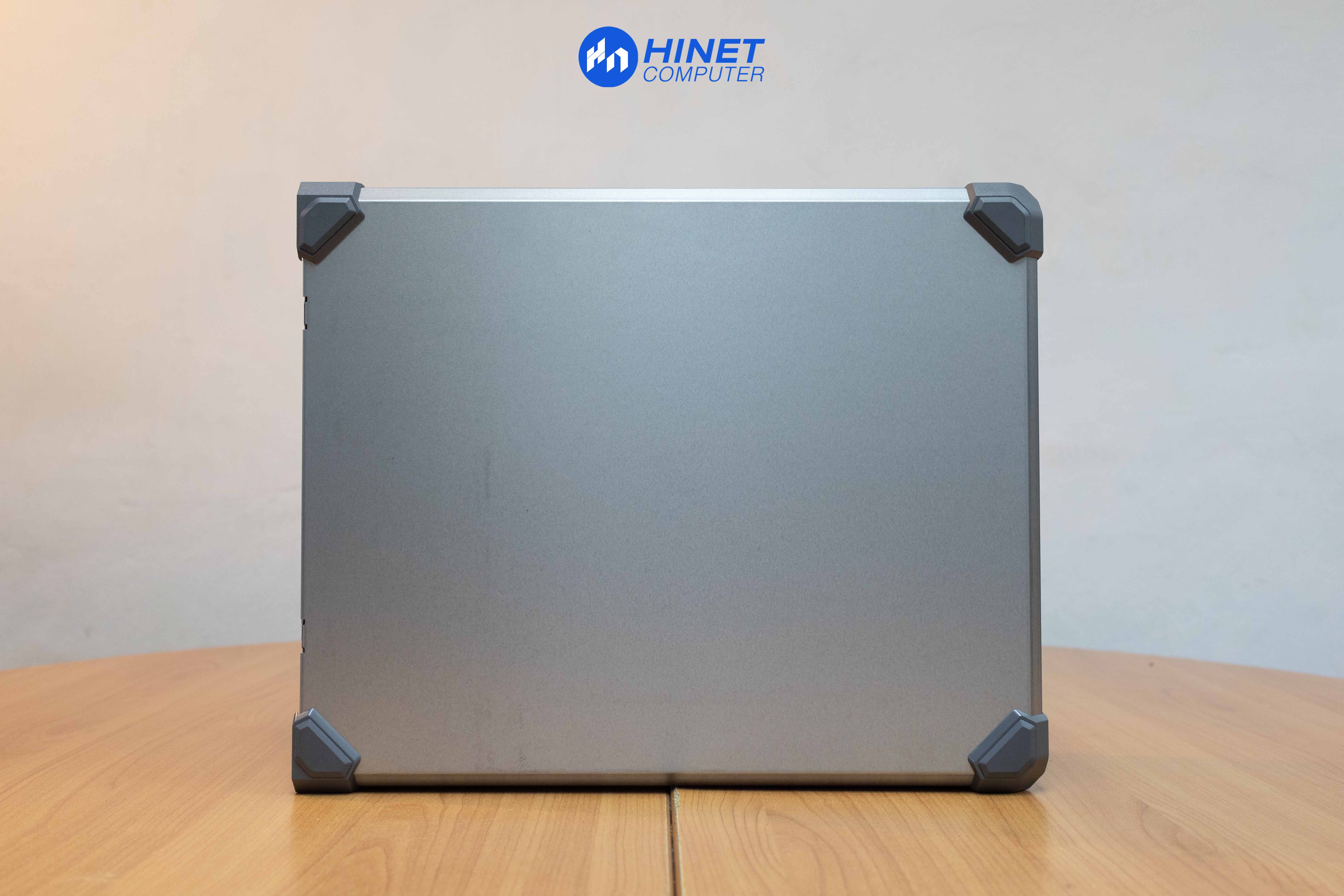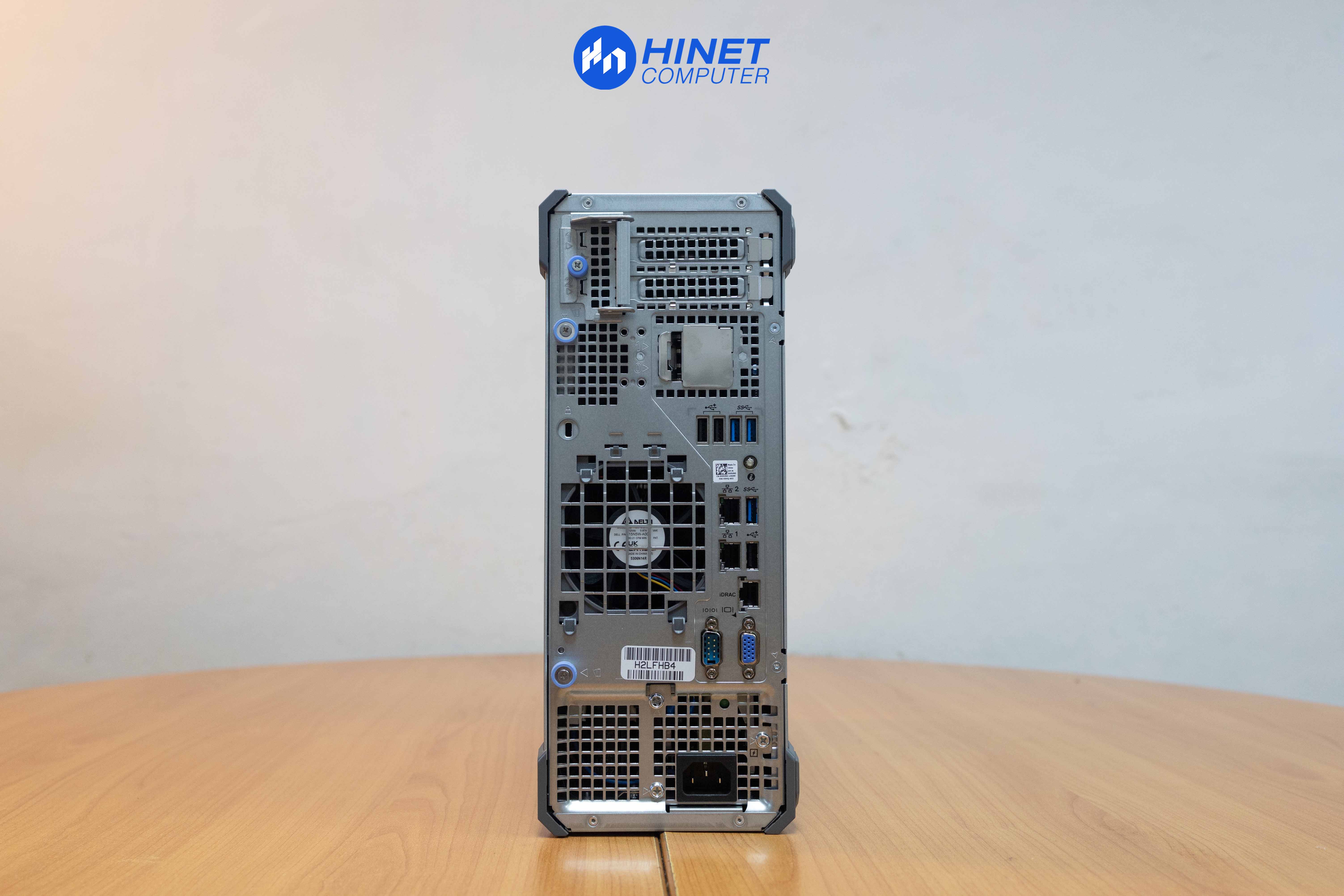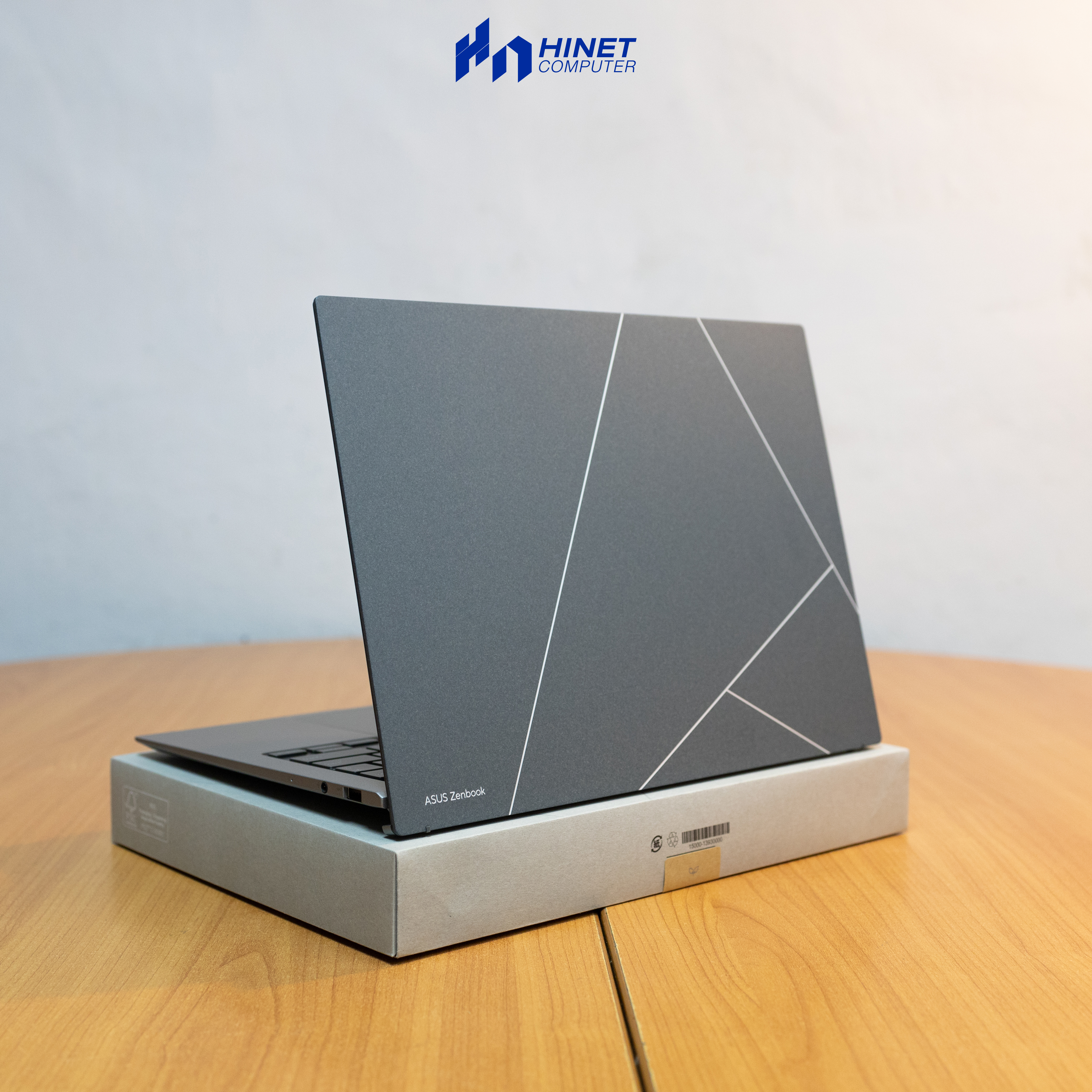Dell PowerEdge T160 Review (2025): Best Server for Small Business?

The Dell PowerEdge T160 emerges as a standout solution for small and medium-sized enterprises (SMEs) seeking their first server or a powerful upgrade from a desktop PC-based system. It masterfully balances robust performance, driven by the Intel Xeon E-2434 processor and DDR5 ECC memory, with the quiet, compact design of a tower server that fits seamlessly into any office environment. It's an ideal entry-level server that doesn't compromise on professional-grade features, offering a clear path for growth without an intimidating initial investment.
What truly sets the T160 apart for small businesses is its enterprise-level manageability, brought to you by the integrated Dell Remote Access Controller (iDRAC9). This feature allows for complete remote management, a game-changer for businesses without a dedicated on-site IT team. Combined with solid storage options using the PERC S160 RAID controller and Dell's renowned ProSupport warranty, the PowerEdge T160 isn't just a piece of hardware; it's a reliable, secure, and scalable foundation for your business's critical data and applications. For any Thai SME looking to professionalize its IT infrastructure, the T160 is a top-tier contender.
Is the Dell PowerEdge T160 the Perfect First Server for Your Business?
In today's digital-first world, managing data effectively is no longer a luxury—it's a necessity for survival and growth. Many small businesses start by using a high-performance desktop PC as a makeshift server. While this might work initially, it quickly becomes a bottleneck, posing risks to data security, reliability, and scalability. This is where a dedicated server comes in, and the Dell PowerEdge T160 is designed specifically to bridge this gap. It's an entry-level tower server that packs enterprise-grade power and reliability into a compact and affordable package.
This Dell PowerEdge T160 review will take a deep dive into the (SNST1605) model, exploring its core components, management features, and ideal use cases. We'll analyze why its combination of an Intel Xeon E-2434 processor, 16GB of error-correcting memory, and robust storage options makes it a compelling choice for any small business server requirement in Thailand. We believe this machine isn't just an upgrade; it's a strategic investment in your business's future, providing the stable IT backbone you need to focus on what you do best. Let's find out if this is the right Dell server for SME operations like yours.
Core Performance: The Intel Xeon E-2434 and DDR5 Advantage 💪
At the heart of any server is its processing power, and the Dell T160 doesn't disappoint. This configuration comes equipped with the Intel Xeon E-2434 processor. Let's break down why this is significant. Unlike consumer-grade Core i5 or i7 CPUs found in desktops, Xeon processors are built for 24/7 reliability and sustained workloads. This specific CPU features 4 cores and 8 threads, with a base clock of 3.40 GHz that can turbo boost up to an impressive 5.00 GHz. This means it can handle multiple concurrent tasks—like managing file shares, running a company database, and hosting an internal application—without breaking a sweat.
Complementing the CPU is 16GB of DDR5 ECC memory. There are two crucial terms here:
- DDR5: This is the latest generation of RAM, offering higher speeds (5600MT/s in this case) and better efficiency than the older DDR4 standard. This results in faster application loading and snappier system performance.
- ECC (Error Correcting Code): This is perhaps the single most important feature that separates a true server from a desktop PC. ECC memory can automatically detect and correct single-bit memory errors on the fly. For a business, this prevents data corruption and system crashes that could lead to costly downtime.
Together, the Xeon E-2434 and DDR5 ECC RAM create a powerful and exceptionally stable processing foundation, perfect for the critical tasks a small business server is expected to handle.
Storage and Data Protection: Inside the PERC S160 RAID 💽
Your data is your most valuable asset. The PowerEdge T160 addresses data storage and protection with a practical and reliable setup. This model includes two 2TB 7.2K RPM SATA hard drives. The 7.2K RPM speed offers a good balance of performance and capacity for typical file server and application needs.
However, the real magic lies in the PERC S160 Software RAID controller. RAID (Redundant Array of Independent Disks) is a technology that combines multiple drives into a single logical unit to improve performance or provide data redundancy. The S160 supports several RAID levels:
- RAID 0 (Striping): Combines both drives to create one large 4TB volume with increased performance. However, if one drive fails, all data is lost. Not recommended for critical data.
- RAID 1 (Mirroring): This is the ideal configuration for most small businesses. It creates an exact copy, or "mirror," of the first 2TB drive onto the second one. If one drive fails, the server continues to run seamlessly on the other, and you can replace the failed drive without any data loss or downtime. This is the ultimate peace of mind.
- RAID 5 & 10: More advanced options that provide a balance of performance and redundancy, typically requiring more drives.
With the included drives, setting up a RAID 1 configuration is the smartest move. It ensures your critical business data is always protected against a sudden hard drive failure, a common point of failure in any computer system. This is a professional-level feature that a standard desktop simply cannot offer.
The Game-Changer: Remote Management with iDRAC9 🌐
If you run a small business, you likely don't have a full-time IT administrator sitting in a server room. This is where the Dell T160's secret weapon comes into play: iDRAC9 (integrated Dell Remote Access Controller).
iDRAC is a small, dedicated computer-on-a-chip built into the server's motherboard. It has its own processor, memory, and network connection. This allows you to manage the server completely "out-of-band"—meaning you can access it even if the server is turned off, crashed, or has no operating system installed. From any web browser on your network, you can:
- Power the server on or off remotely.
- Monitor the health of all components (CPU, memory, drives, power supply).
- Receive alerts via email if a component is failing.
- Update firmware and drivers.
- Access the remote console to see the screen and use the keyboard/mouse as if you were sitting right in front of it.
For a business owner, this is invaluable. It means IT issues can be diagnosed and often resolved remotely by a service provider like Hinet Computer, saving you the time and expense of an on-site visit. The iDRAC9 features transform the T160 from a simple box into a truly manageable IT asset, drastically lowering its total cost of ownership.
Design and Scalability: Built for the Office, Ready for Growth 📈
The PowerEdge T160 is a tower server, meaning it looks similar to a standard desktop PC case. This design has several advantages for its target environment:
- Acoustics: It's engineered for quiet operation, making it suitable for placement in an open office or under a desk without causing a noisy distraction.
- Compact Footprint: It doesn't require a dedicated server rack or closet, saving valuable office space.
- Security: The chassis includes physical security features like a lockable bezel to prevent unauthorized access to the hard drives and ports.
Beyond its current configuration, the T160 offers room to grow. It has multiple PCIe slots available for expansion, allowing you to add components like a faster network card (e.g., 10GbE), a dedicated graphics card for specific workloads, or a more advanced hardware RAID controller in the future. The memory is also upgradeable, supporting up to 128GB of RAM. This scalability ensures that the server can evolve alongside your business, protecting your initial investment.
Who is the Dell PowerEdge T160 For?
The Dell T160 server is an incredibly versatile machine, but it truly excels for specific types of users and applications:
The PowerEdge T160 is a tower server, meaning it looks similar to a standard desktop PC case. This design has several advantages for its target environment:
- Small to Medium-sized Enterprises (SMEs): This is the primary audience. It's the perfect first server for centralizing file storage, managing user access, running accounting software (like Express, FlowAccount), or hosting a small internal company website.
- Remote Office / Branch Office (ROBO): For larger companies with smaller satellite offices, the T160 is an excellent choice. Its robust remote management via iDRAC allows the central IT department to manage the server without needing to travel.
- Retail and Point-of-Sale (POS): Retail stores can use the T160 to reliably run their POS systems, manage inventory, and store sales data securely on-site.
- Collaborative Workloads: It's an excellent platform for file/print services, web hosting, and collaborative applications that need to be accessible 24/7 to your team.
Essentially, if your business has outgrown Dropbox or Google Drive for file sharing and needs a more secure, centralized, and reliable solution for its core applications, the PowerEdge T160 is built for you. For its price, the Dell PowerEdge T160 price in Thailand offers an incredible return on investment.
Conclusion: Our Final Verdict on the Dell T160 Server
After a thorough review, the Dell PowerEdge T160 (SNST1605) stands out as a powerful, reliable, and intelligently designed server for the SME market. It hits the sweet spot between affordability and professional-grade features. The performance from the Intel Xeon E-2434 CPU is more than sufficient for common business workloads, while the inclusion of ECC memory provides a level of stability that no desktop PC can match.
The true value, however, lies in its enterprise-grade features like iDRAC9 remote management and the data security offered by the PERC S160 RAID controller. These are the features that reduce downtime, simplify administration, and ultimately save your business money. Its quiet, compact design and future scalability make it a practical and long-lasting investment. If you're looking for the best small business server Thailand has to offer, the Dell PowerEdge T160 should be at the very top of your list.
Ready to empower your business with a real server? The expert team at Hinet Computer is here to help. We can provide a personalized quote, consult on the perfect configuration for your needs, and manage the installation from start to finish.
Frequently Asked Questions (FAQ)
Q1: Can I upgrade the RAM in the PowerEdge T160 later?
A: AYes, absolutely. The server has 2 UDIMM slots and supports a maximum of 128GB of DDR5 ECC RAM, providing a significant upgrade path as your business needs grow.
Q2: What operating systems are supported on the Dell T160?
A: The PowerEdge T160 officially supports major server operating systems, including Microsoft Windows Server (2022, 2019), Red Hat Enterprise Linux (RHEL), and SUSE Linux Enterprise Server (SLES). It is also compatible with virtualization platforms like VMware ESXi.
Q3: Is iDRAC difficult to use for a non-technical person?
A: The iDRAC web interface is designed to be user-friendly. While some advanced features require IT knowledge, the basic health monitoring and remote power functions are very intuitive. Plus, with a service partner like Hinet, we can manage it for you!
Q4: Why should I buy a server like the T160 instead of a powerful desktop PC?
A: Three main reasons: Reliability (ECC memory, server-grade components built for 24/7 operation), Manageability (iDRAC9 for remote control), and Data Protection (RAID controller for drive redundancy). A desktop PC lacks all of these critical business features.
Q5: What does the "3Yr ProSupport & Mission Critical: (7x24) 4-hour Onsite Service" warranty mean?
A: This is a premium enterprise-level warranty. It means that if a critical hardware component fails, Dell guarantees a certified technician will be on-site to fix the issue within 4 hours, 24 hours a day, 7 days a week. This is an exceptional level of support for a business-critical machine.
